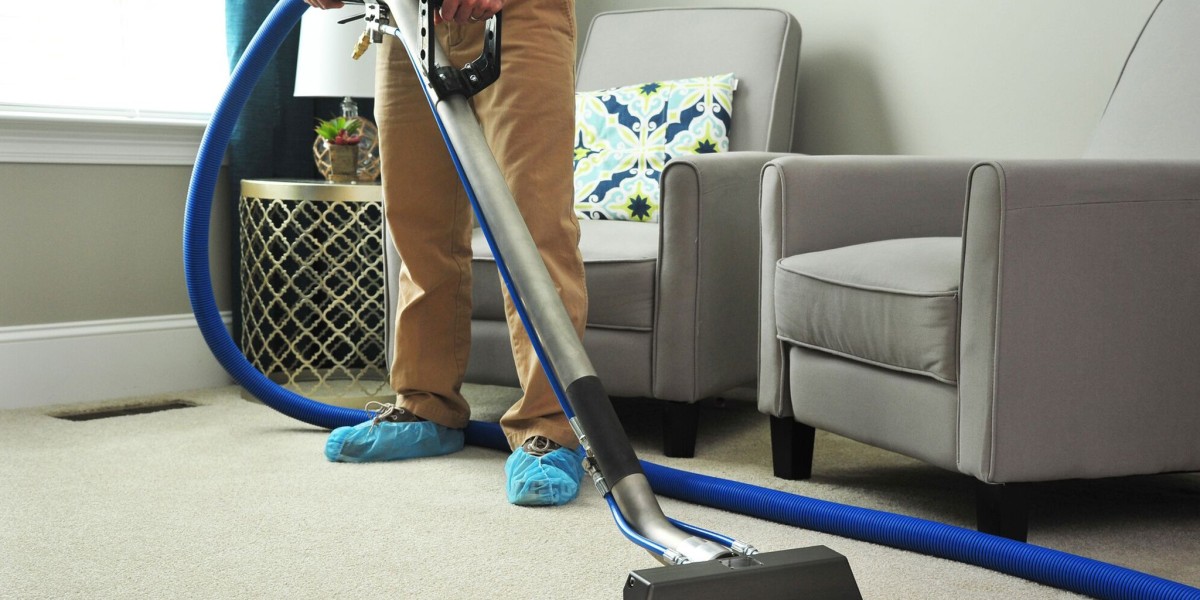When it comes to aquatic safety and life-saving readiness, a lifeguard is more than just someone sitting in a chair beside the pool or ocean. Lifeguards are trained athletes—disciplined, skilled, and vigilant individuals whose responsibilities involve much more than just watching the water. If you're thinking about joining their ranks, taking a lifeguard class through American Lifeguard USA will be your first step in becoming a certified guardian of the water.
In this comprehensive guide, we’ll explore everything you’ll learn in a lifeguard class, focusing on the physical, technical, and mental skills taught throughout the program. Whether you’re training for your first certification or looking to recertify, understanding the content will help you prepare and thrive.
1. Understanding the Role of a Lifeguard
At the start of your training with American Lifeguard USA, you'll dive deep into the professional responsibilities of a lifeguard. This includes:
Preventing accidents before they happen
Enforcing rules for safe behavior
Providing quick and effective responses to emergencies
Maintaining a calm and authoritative presence in high-pressure situations
You'll learn that being a lifeguard is not just about responding to incidents—it's about preventing them.
2. Water Rescue Techniques
One of the core components of the lifeguard class is mastering water rescue skills. These are divided into various scenarios, including:
Passive Victim Rescues: Where the victim is unconscious or non-responsive
Active Victim Rescues: When a person is struggling in the water
Submerged Victim Retrieval: How to dive safely and bring a person from the bottom
Spinal Injury Management: Using backboards and stabilizers in case of suspected spinal injuries
These rescue drills are practiced in both shallow and deep water, simulating realistic situations that lifeguards might encounter.
3. CPR and First Aid
Medical emergencies are not limited to drowning. Lifeguards must be prepared for a wide range of health issues, including cardiac arrest, injuries, heatstroke, and more. That’s why American Lifeguard USA emphasizes:
CPR for Adults, Children, and Infants
Use of Automated External Defibrillators (AEDs)
First Aid Basics: Managing cuts, fractures, burns, allergic reactions, and other minor to severe medical issues
This module ensures you're prepared to provide immediate assistance while waiting for professional medical responders to arrive.
4. Team Communication and Leadership
Lifeguarding is often a team sport, especially in larger aquatic facilities or beaches. You'll be trained to:
Communicate effectively with other lifeguards using hand signals and whistle codes
Coordinate rescue strategies
Manage crowds during an emergency
Provide leadership in stressful situations
You'll learn how to take control without panic and work seamlessly with others to ensure safety is always maintained.
5. Scanning and Surveillance Techniques
One of the lesser-known but most vital skills you’ll develop is effective scanning. Constantly watching a pool or beach area might seem simple, but there’s a science behind it. You’ll be taught how to:
Recognize subtle signs of distress
Rotate positions to maintain alertness
Scan zones efficiently using a systematic approach
Understand behavioral indicators that signal potential hazards
This training ensures you never miss a potential emergency.
6. Fitness and Physical Readiness
Lifeguarding demands peak physical condition. Throughout the American Lifeguard USA program, you'll undergo rigorous fitness assessments and training that cover:
Endurance swimming (typically 300 yards or more)
Timed rescues
Treading water with weights
Speed and agility drills
These activities aren’t just about athleticism—they simulate the kind of stamina and power needed to save lives.
7. Legal and Ethical Responsibilities
A vital part of lifeguard training involves understanding your legal obligations and ethical conduct. The class teaches:
Consent and duty to act
Understanding negligence and liability
Documentation and reporting of incidents
Upholding professional standards at all times
This ensures you're not only acting responsibly but also protecting yourself legally.
8. Environmental Awareness
Not all rescues happen in clear, calm pool waters. Beaches, lakes, and rivers add an extra layer of complexity. Training includes:
Recognizing and navigating rip currents
Dealing with changing tides or weather
Hazard identification in natural environments
Sun safety and hydration awareness
American Lifeguard USA tailors its course content to different aquatic environments, preparing you to adapt your skills wherever you're stationed.
9. Simulated Emergency Scenarios
Once you’ve learned the individual skills, you’ll put them to the test through realistic emergency simulations. These often involve:
Multiple victims
Unresponsive persons in deep water
Panicking swimmers
High-pressure rescue coordination
The goal is to put everything together—rescue, CPR, communication, and first aid—into timed, graded scenarios. These drills are designed to challenge your reflexes and decision-making under pressure.
10. Lifeguard Certification Exam
Before graduating, you’ll complete a final evaluation that includes:
A written test on lifeguarding knowledge
Physical fitness tests
In-water rescue assessments
First aid and CPR demonstrations
Passing this comprehensive exam means you’ve earned your lifeguard certification—a mark of readiness, professionalism, and trust.
The American Lifeguard USA Advantage
So why choose American Lifeguard USA for your training?
Nationally recognized certification
Experienced instructors with sports and rescue backgrounds
Flexible class schedules across the U.S.
Modern equipment and training protocols
Strong focus on real-world application
With a reputation for excellence and over a decade of service in aquatic safety, American Lifeguard USA is a name that facilities trust and employers respect.
Conclusion
Becoming a lifeguard is more than earning a certification—it’s about stepping into a role that demands athleticism, mental toughness, and a deep commitment to the safety of others. From water rescues and CPR to leadership and fitness, the training you receive in a lifeguard class with American Lifeguard USA is designed to transform you into a skilled and confident lifesaver.
Whether you're planning to work at a pool, lake, or beachfront, this comprehensive training will equip you to face every challenge with courage and competence. And most importantly, you’ll be part of a respected community dedicated to saving lives through sport, skill, and service.








